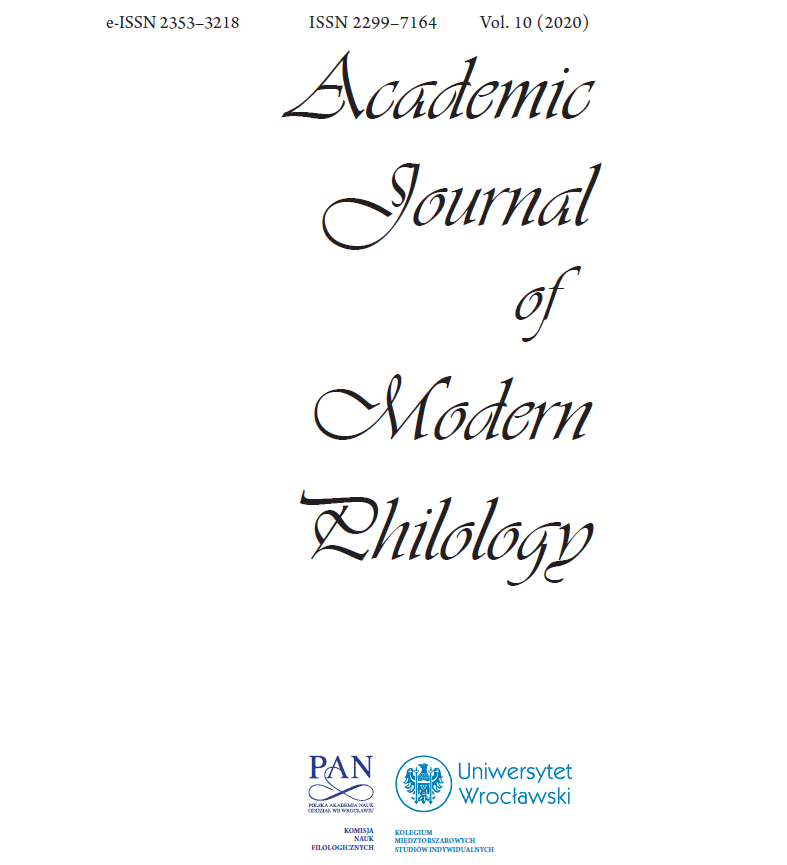Hypertextuality in Internet reporting
Hypertextuality in Internet reporting
Author(s): Paweł UrbaniakSubject(s): Language and Literature Studies, Communication studies, Computational linguistics
Published by: Komisja Nauk Filologicznych Oddziału Polskiej Akademii Nauk we Wrocławiu
Keywords: Internet report; intertextuality; hypertextuality; multimodality
Summary/Abstract: The transfer of so-called traditional journalistic genres to the Internet usually results in significant changes to their distinctive features. A good example is the Internet report, which simultaneously uses various forms of communication with recipients (e.g. text, film, image) and becomes both multimedia and intertextual material, which results in its hypertextual character. Similarly to any hypertext, because it often has a multimodal structure, it is also a kind of semi-finished product, as it only becomes a carrier of meanings and a complete work during its reception. As a result, extra tasks are set for the recipients. They must even more fully than in the case of classic literature or literary works participate in the process of decoding the meaning and become even more co-creators of the sense of the work that is being read. This article aims to demonstrate the essential features of how reports function on the Internet by referring to two specific materials that fall within the definition of the Internet report. Apart from this, the text attempts to confront the new variety of reporting with selected literary theories, such as the concept of “the death of the author” by Roland Barthes. Lastly, the article aims to cover the characteristics of the different types of recipients of hypertext forms of reporting functioning in an Internet environment.
Journal: Academic Journal of Modern Philology
- Issue Year: 2020
- Issue No: 10
- Page Range: 247-254
- Page Count: 8
- Language: English

